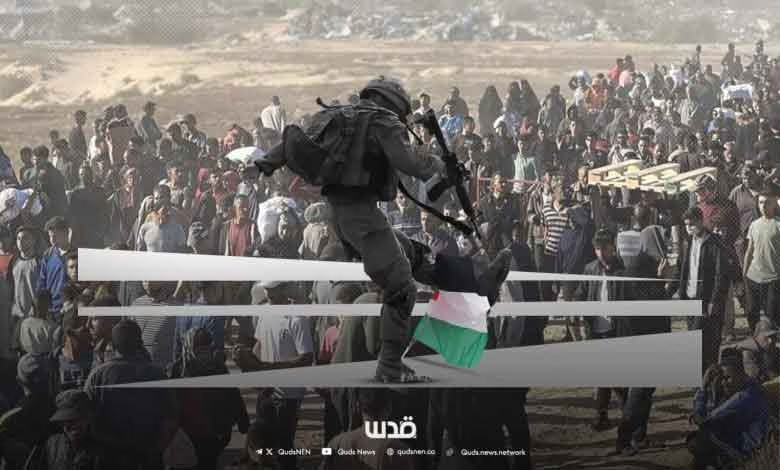
The Israeli army has offered five conflicting stories to deny its role in the killing of 31 starving civilians and the injury of over 200 others at the US-Israeli aid distribution point in Rafah. The massacre, known as the Witkoff Massacre, has triggered global outrage.
Each version from the Israeli military has added confusion, not clarity. The attempt to avoid accountability has drawn criticism from human rights groups and international observers.
Narrative 1: “Nothing happened.”
Initially, Israel claimed that no incident occurred near the aid center. This was quickly disproven by eyewitness videos and images showing bodies scattered near aid trucks.
Narrative 2: “Something happened—but not near the aid center.”
After mounting pressure, the army admitted there had been an incident. However, it claimed the event happened far from the aid site and had no connection to Israeli forces. The army then released a video showing normal aid distribution in a different area.
Narrative 3: “Soldiers fired in the air only.”
The third claim was that Israeli soldiers fired warning shots into the air, not at people. This contradicted medical reports and survivor testimonies that confirmed victims had direct gunshot wounds to the head, chest, and abdomen.
Narrative 4: “No one was hurt.”
In its fourth version, the army insisted that no casualties resulted from the incident. But the International Committee of the Red Cross (ICRC) later confirmed that 21 dead bodies had arrived at its field hospital in Rafah.
Narrative 5: “Hamas militants were responsible.”
Finally, Israel published a drone video claiming Hamas fighters shot civilians. However, the footage was filmed in Khan Younis—not Rafah—and showed looting by gangs backed by Israel. The clip lacked any evidence of a gunfight.
Rami Abdu, director of Euro-Med Human Rights Monitor, called the video “a scandal.” He said, “The footage showed gangs stealing aid, not Hamas shooting civilians. Israel is trying to hide its crime with lies.”
Government Media Office: “Fabricated video, exposed lies”
In a statement released after the incident, the Gaza Government Media Office said the Israeli army’s drone footage was “fabricated, misleading, and part of a planned propaganda campaign to cover up a war crime.”
The office said the video was released more than 15 hours after the massacre and had been clearly edited to fit the army’s narrative. “If their drones were filming the event, why was the footage not released immediately?” the statement asked.
Officials pointed out that the location in the video was not Rafah, but east Khan Younis, far from the site of the massacre. The footage also showed flour being distributed, although the so-called Israeli-American aid does not include flour. The office said this inconsistency alone exposed the video as staged.
The statement dismissed Israeli claims about Hamas gunmen firing on civilians. “There were no clashes. Civilians were shot in the head and chest while seeking food. Israeli drones were flying overhead. No militants were there—only hunger.”
It added that the chaos seen in the video was caused by known gangs that work under Israeli protection. These gangs looted aid, fired shots into the air, and created confusion—while Israeli surveillance drones watched silently.
The office concluded by stating that Israel has been systematically blocking aid for over 90 days, bombing food trucks, and using starvation as a weapon then accusing Hamas of preventing aid. It urged the international media not to recycle Israeli military propaganda without independent verification.
The incident is being called one of the deadliest in Rafah since the genocide began. Survivors, medics, and human rights experts say Israeli forces targeted a crowd of hungry civilians gathered for food.
Israel’s disinformation campaign has drawn comparisons to its earlier false narratives, including attempts to justify attacks on UN schools and hospitals.
Observers warn that spreading fake videos and shifting stories will not erase the truth. “The massacre in Rafah is documented,” said Abdu. “No amount of propaganda can whitewash a war crime.”
Subscribe to Our Newsletter
Get the latest CounterCurrents updates delivered straight to your inbox.









































